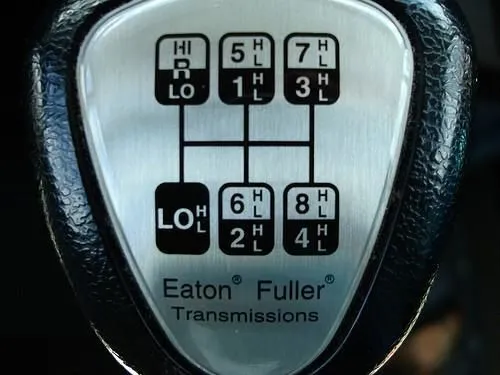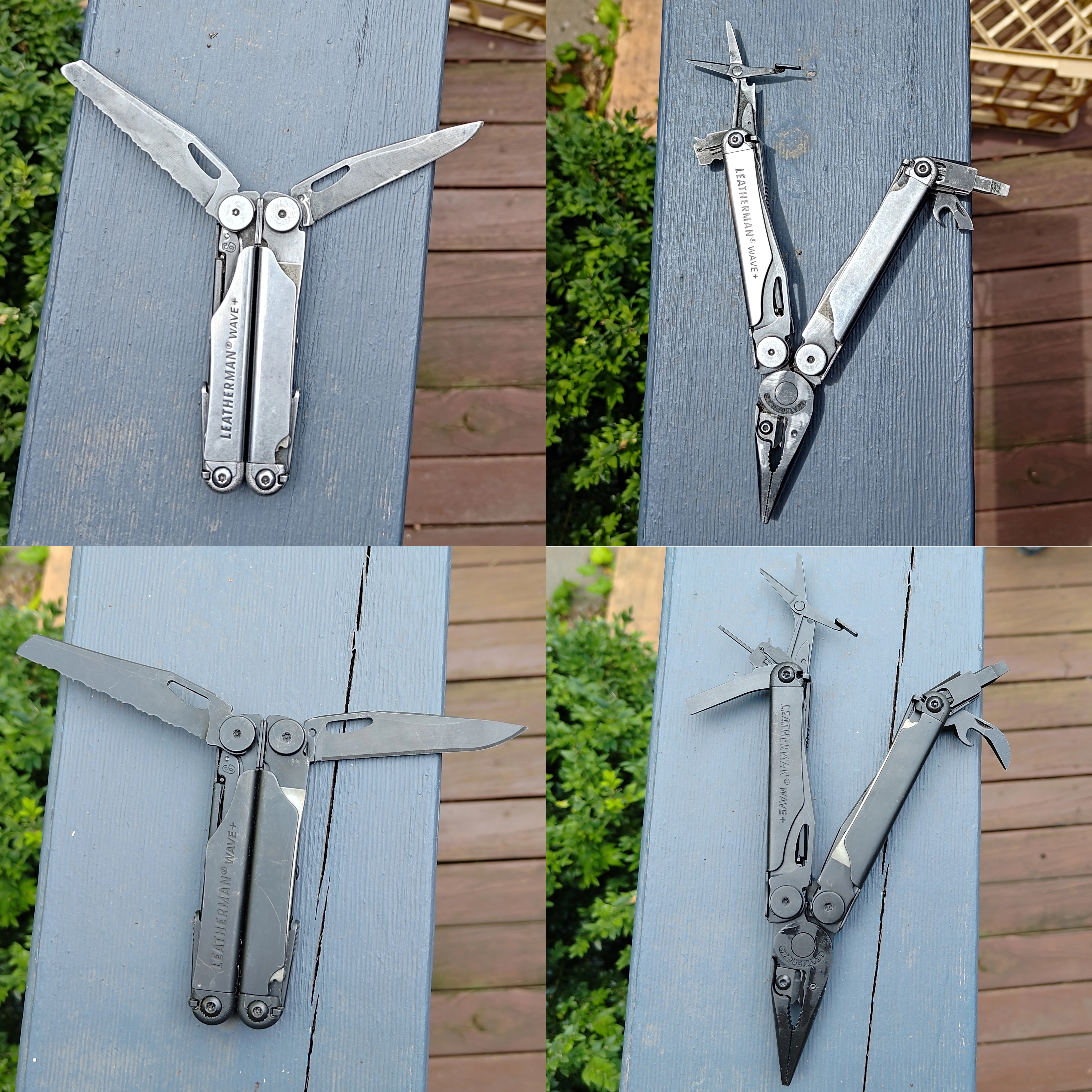It comes down to the sun being really bright, enough so to overpower the light reflected from the satellites. Consider for example how you can see the effect of car headlights for kilometres away at night time but during daytime you'd be hard pressed to pick them out at all at such distances. Your eyes at night time also adjust to the low light and can see fainter light sources than you can with eyes adjusted to daytime levels.
gnu
That phrase tends to be much less literal when its said by those who are getting honked at regularly to move off from the lights.
If someone is telling you they get honked at all the time for no reason there usually is a reason (or several) and they just refuse to acknowledge what they're doing.
Closest I've come in a truck is an annoyingly loud alert for everything the computer reckoned was an issue and that was painful enough. Every time I'd drive it it'd be blaring the alarm for some reason or another and if it had been a long term company truck instead of a rental I probably would have ended up removing the speaker.
For example the lane departure warning would fire off every time you moved over to not run into someone parked on the side of the road, the close distance warning would fire off regularly when people merged in front of you, and if it was windy it'd set off an alarm to let you know the truck was being blown around when driving. Could be useful if you're mentally challenged or blind but that sort of thing is just going to annoy anyone who isn't. You couldn't even turn the alarms off properly - you could go through the deliberately prolonged procedure to turn them off temporarily but then they come back again every time you start the truck.
I've driven an SUV with lane keep assist and it would pull at the wheel trying to follow lane markings that were outdated or ones it just made up, I hope that particular bit of 'safety' tech doesn't make it to any truck I have to drive.
There's a pretty good chance that you can get a bit of wire or a fine pick and push the key through from the other side, I'd be trying that first.
Aside from that the next easiest solution is likely to just disassemble the lock and replace the cylinder as others have suggested.
Yes, you can. I guess I should have been more specific because I was thinking of a complete kit when I wrote that (so including helmet, boots, gloves, etc) and you do need to set your sights a bit lower to make the budget work for that.
A mid range set of motorbike gear (dirt or road) or a very cheap registrable motorbike.
Alternatively a number of interesting secondhand cameras/lenses, the number ranging from one to many depending on what exactly. I'll admit I have actually spent near that much on two backs for my 1960s era Hasselblad so you don't even necessarily get a whole camera...
I don't think they were saying you shouldn't ever look at the tacho, but that you should learn to be able to pick your shift points without having to look at the tacho.
As you say you do want to figure out what revs works best for a particular vehicle (having driven/ridden vehicles with redlines between 2500 and 19000rpm there I can say there is a little bit of variability to be found out there) but it shouldn't take long to figure out what this sounds and feels like for regular use.
When you get the hang of driving stick, which you will pretty quickly, you can try matching revs on downshifts to smooth things out and then you can try heel toe with matching revs.
This I definitely do recommend once someone is comfortable with the basics, particularly the rev matching on downshifts. It both makes driving smoother and makes clutch wear once moving negligible so in the long run you save money too. I consider rev matching an early intermediate level skill - not something I'd trouble a raw beginner with due to information overload but something that should be learnt before they start thinking it's too hard (because while it is not hard an unfortunate number of people will tell others it is).
Heel toe shifting can wait until people are comfortable with driving in general but I think is something one should learn if one enjoys driving - if only because it's just plain satisfying to do. Again this is a technique made out to be difficult but it's really not that hard (though how much foot manoeuvring is required does vary between vehicles).
When you get really good you can shift gears without engaging the clutch just by rev matching, but don’t try that til wayyyy later. Can mess up the gears.
This one however I recommend people keep in mind is possible (in case one ever loses clutch movement) but keep to a bare minimum on synchro boxes. Try it a couple of times to show yourself it works but you do have to be very familiar with the car to do this without putting wear on the synchros (keep in mind that if it didn't slip in like butter you didn't get it quite right and the synchros had to pick up the slack for you). It's more easily done with a non-synchro box as these both give obvious auditory/tactile feedback when you're doing it wrong and tend to have wider engagement points for the gear dogs to slip into. Motorbikes for example run non-synchronised gearboxes and are typically very easy to clutchless shift as long as you're upshifting while accelerating and downshifting while decelerating.
Lots of people talking about clutch work so I'll mention something else - how to use the gearstick. Sounds a bit of a silly thing to talk about but how you do it can actually help.
I've seen various inexperienced drivers shift by grabbing the gearstick tightly and pulling it around in that same tight grip until it's where they think the next gear should be. This usually works for getting around but it makes it hard to know what gear you're actually shifting into and when it's properly engaged - particularly on boxes that don't give much feeling through the gearstick. One person in particular was repeatedly struggling with hitting the wrong gears (particularly when other things were happening) until I suggested they change this behaviour.
I recommend instead keeping a relatively loose grip on the shifter and considering changing gear a quick three part motion instead of a single one. Say for example that you're shifting from second to third in a typical 5 speed H pattern - the three parts are you pushing up to move out of second (which you don't need a tight grip for as it's just pushing the shifter with your palm), centring the gearstick to below third (where you only need a loose side grip - there's minimal force involved and keeping loose lets you feel the springs pull it where you want to be), and pushing upwards into third. Your grip should be changing a bit depending on what part of the shift you're in and what gears you're moving in/out of, I find this does help with improving feel and accuracy.
The real shift patterns are like this:

They look complicated but it's not too bad when you get used to the idea. In normal use it's basically a four speed H pattern with two different ways to increase the number of gears. You have a range selector to give you 8 main gears (you shift 1 through four in low range then flip to high range and move back to 1 position to give 5 through 8) and then you have a splitter that gives every gear a high and low ratio (in order you'd go 1st low -> 1st high -> 2nd low -> 2nd high -> etc). Normally you don't need to use all the gears so you can skip some of the sequence - particularly when lightly loaded. Lo position is a particularly low ratio, and reverse is as per normal except you can split it to have a somewhat faster or slower reverse gear.
I'll admit I haven't driven a full 18 speed but I've driven 9 speeds with a range selector and a 10 speed with a splitter and both were easy enough to learn so combining the two doesn't seem as daunting as it might be to those who haven't tried either.
In terms of actual daily use the oldest thing that I can actually date would be the table my computer sits on - that's been in the family since at least the 60s (when one of my uncles scratched his name into the drawer). It's just a basic solid wood desk, still holding up fine and unless abused will continue doing so for quite some time yet.
Aside from that some of my dinner plates are over 30, the motorbike I usually commute on is a '97 model, and the butter knives I like are not dated but I believe could be anywhere from early 1900s onwards (faux bone handles, made in England with various Sheffield makers marks).
I do have a few tools, cameras, and telescopes around which are also reasonably old but they aren't daily use items.

A broken wisdom tooth rubbing against a nerve - would not recommend.